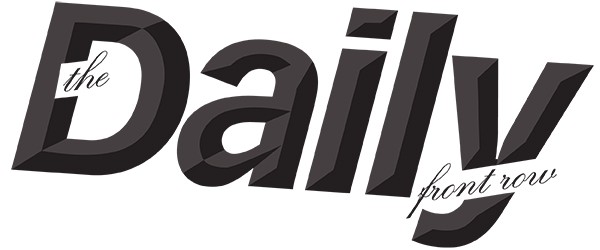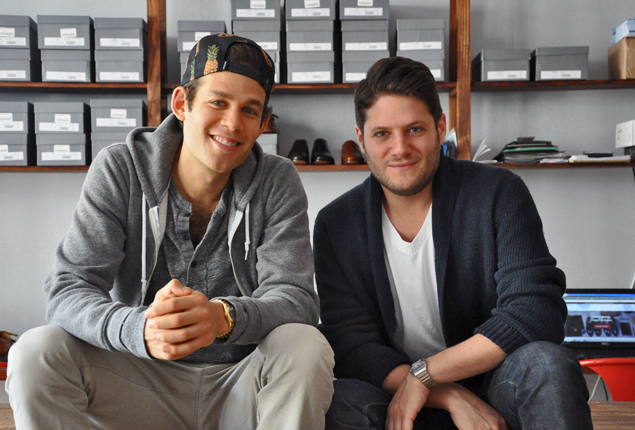Finding a good pair of shoes can be tough. Finding an affordable pair of good shoes can be even tougher. Enter Jack Erwin. The tech-savvy purveyor of men’s footwear is leading the pack in the newest round of chic start-ups. The Daily caught up with Jack Erwin creators Lane Gerson and Ariel Nelson to find out more about their brand on the rise.
You sold 3,000 pairs of shoes in your first month, so obviously you’re onto something good. How did the idea for Jack Erwin come about?
Ariel: Lane and I have known each other for almost 10 years. We truthfully don’t remember exactly when we met! New York becomes a very small city pretty quickly. We both share love for fashion, yet have had zero past experience in the industry. In the summer of 2012 we came up with the idea after shopping for a pair of shoes for a wedding I was going to and realizing that the simple, classic dress shoe was no longer attainable from both a price point and a design standpoint. Everything was either overpriced or over-stylized. We thought if we could produce a shoe for less than $100 and sell it direct to consumer for $200, we had a business model we could work with.
You’ve been doing extremely well selling solely through your website. How did that come about?
Lane: We sell direct-to-consumer online only, and we have a fitting room in TriBeCa. The decision to sell direct-to-consumer was conscious, for two reasons. We wanted to own all of our relationships, and we wanted someone ordering online or in our fitting room to be able to interact with us and have a consistent conversation with us. We also wanted to make shoes at the best price possible, and selling direct to consumers allows us to sell a product that would normally retail for $500 or $600 dollars. Instead, we can sell it for about $200.
Where did the idea for the TiBeCa fitting room come from?
Ariel: I think from the beginning we always knew it was going to have to be some sort of offline presence. We want people to be able to touch, feel, and try on their shoes. We had an unbelievable opportunity on a block in TriBeCa that is just very fitting with our brand, and we got a great deal on the space. We might have jumped in earlier than we were ready for, but it ended up being the greatest thing that ever happened to us. A lot of our customer base comes from New York, so to have that offline experience in our hometown has just been great, and we’re still learning. The space has turned into something we never thought it would be, and it’s only been two and half months since it opened!
In the two months, have you found your customer to be really fashion-savvy guy, an average gent, or somewhere in between?
Lane: I think in the beginning, it was very much about people who’d heard about our brand and wanted to try it out for themselves rather than buying things online. For them, the draw was the ability to try the shoes on; going forward, they won’t have to come back to the store. They know their size, and can just order online. A lot of it was out-of-towners as well, who wanted the same experience. We actually have a ton of traffic coming from outside of New York, so it’s becoming sort of a destination location. Because it’s a destination location, a lot of people come to the store with the intention of purchase. We have over 50 percent conversion rate for the store, which has been incredible.
Can you walk us through the production of the shoes? It seems pretty unique.
Ariel: We source all of our product from factories in Spain, and we’ve really developed some good relationships with factories. We source all of our own leathers from tanneries from France and Italy, and we’ve solidified these relationships. So now we are dealing directly with factories, and ordering materials, and booking production time. Once we make our shoes, they deliver to our distribution center in the U.S. and we fulfill orders from there. Most of our shoes are evergreen, so we’re just constantly shipping batches.
What kinds of product categories and styles can we expect next?
Lane: For us, we really love men’s dress shoes right now. We think we can showcase how accessible, versatile, and awesome a great pair of dress shoes are, so we’re really focused on that category. So we want to keep our three collections very tightly curated, with the majority of those collections being evergreen product. Every season we offer new products to keep the offering fresh, and take away some products at the same time. We want to keep it a small collection as to not overwhelm people, keep it moving, and make sure everyone’s excited about what’s to come.

